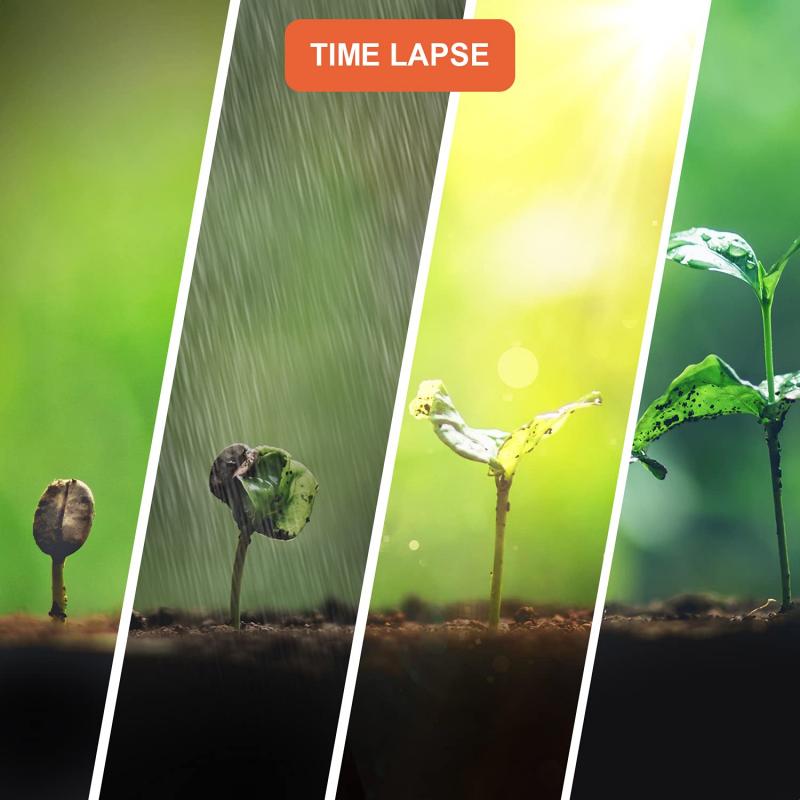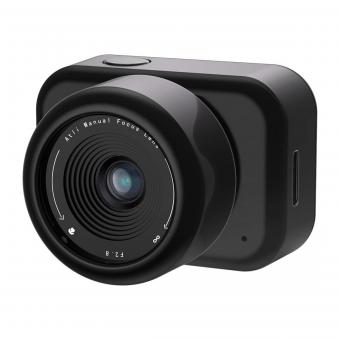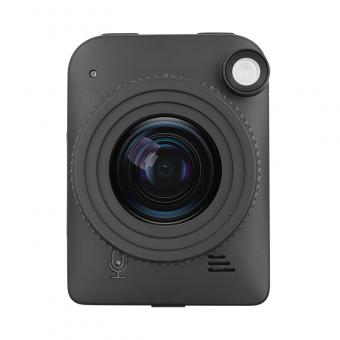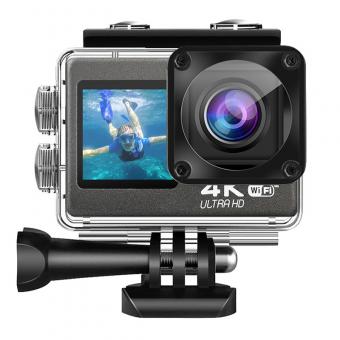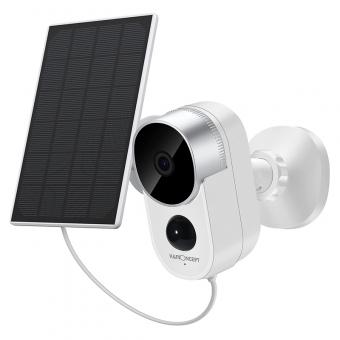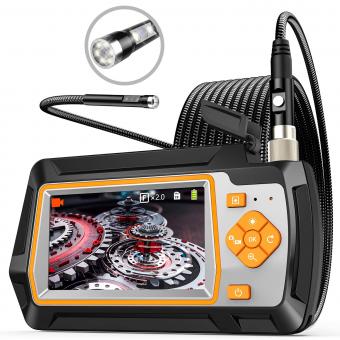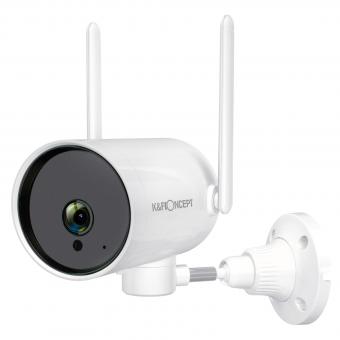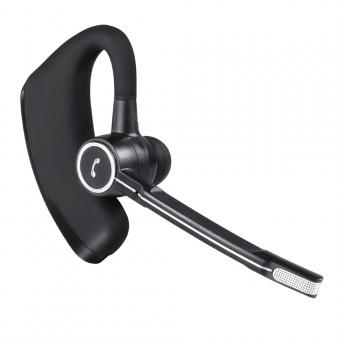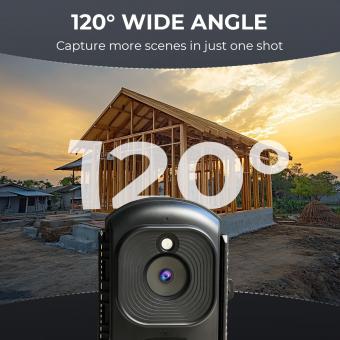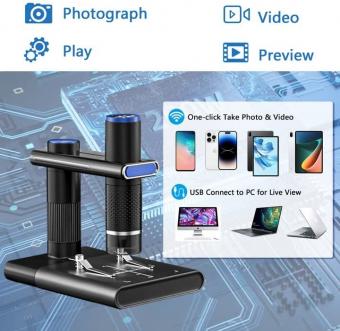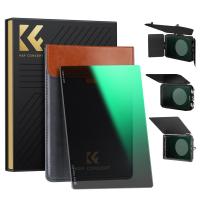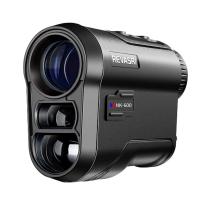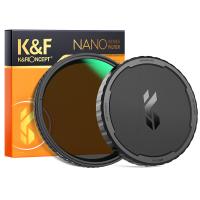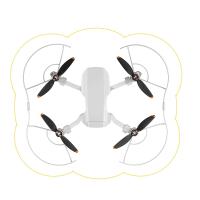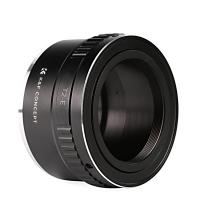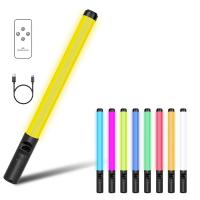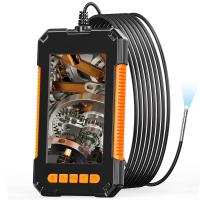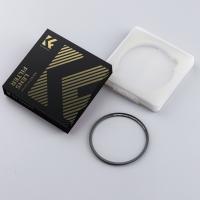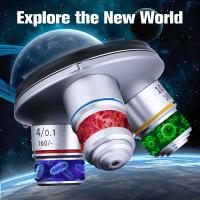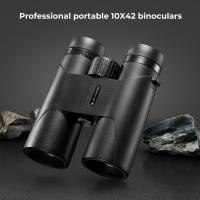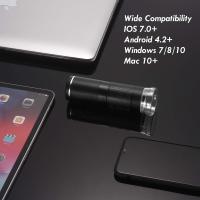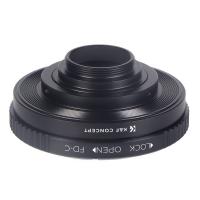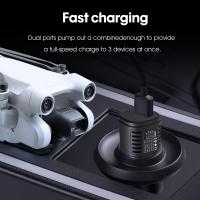What Does Time Lapse Mean On A Camera ?
Time lapse on a camera refers to a technique where the camera captures a series of images at set intervals over a period of time. These images are then played back as a video, creating a fast-forward effect that compresses time. This technique is commonly used to capture slow processes or changes that occur over an extended period, such as the movement of clouds, the growth of plants, or the construction of a building. By condensing hours, days, or even months into a short video, time lapse allows us to observe and appreciate these changes in a visually compelling way.
1、 Time-lapse photography: Capturing a series of images at set intervals.
Time-lapse photography refers to the technique of capturing a series of images at set intervals and then playing them back at a faster speed, creating a time-compressed video. This technique allows us to observe processes that occur slowly in real-time, such as the movement of clouds, the growth of plants, or the construction of a building, in a much shorter period.
In time-lapse photography, a camera is set up to take photos automatically at regular intervals, which can range from seconds to minutes or even hours. These photos are then compiled and played back at a higher frame rate, typically 24 or 30 frames per second, to create a smooth and fluid video. The result is a visually captivating sequence that condenses hours, days, or even months of real-time footage into a few minutes or seconds.
Time-lapse photography has become increasingly popular in recent years, thanks to the advancements in digital cameras and editing software. With the rise of social media platforms like Instagram and YouTube, time-lapse videos have become a creative way for photographers and filmmakers to capture and share captivating moments with their audience.
Moreover, time-lapse photography has found applications in various fields, including filmmaking, documentary production, scientific research, and even personal projects. It allows us to witness the passage of time in a condensed and visually stunning manner, revealing patterns, changes, and transformations that are often imperceptible to the naked eye.
In conclusion, time-lapse photography is a technique that involves capturing a series of images at set intervals and playing them back at a faster speed. It offers a unique perspective on the passage of time and allows us to observe slow processes in a condensed and visually captivating manner.

2、 Intervalometer: Device used to automate time-lapse photography.
Time lapse photography is a technique that captures a series of images at specific intervals over a period of time and then combines them into a video sequence. It allows us to observe the passage of time in a condensed format, revealing changes that occur slowly or are not easily noticeable in real-time.
In the context of a camera, time lapse refers to the feature or setting that enables the automatic capture of images at regular intervals. This feature is often referred to as an intervalometer. It is a device or function that allows photographers to automate the process of capturing images for time lapse photography.
An intervalometer can be found in many modern cameras, both DSLRs and mirrorless cameras, as well as in some advanced compact cameras. It allows users to set the desired interval between shots, the total duration of the time lapse, and other parameters such as exposure settings. Once the settings are configured, the camera will automatically capture images at the specified intervals until the desired duration is reached.
Time lapse photography has gained popularity in recent years, thanks to the advancements in camera technology and the ease of sharing videos online. It has become a creative tool for photographers and filmmakers to capture and showcase the passage of time in a visually compelling way. From capturing the movement of clouds, the blooming of flowers, or the bustling activity of a city, time lapse photography offers a unique perspective on the world around us.
In conclusion, time lapse on a camera refers to the feature or setting that enables the automatic capture of images at regular intervals. It is a powerful tool that allows photographers to create captivating videos that showcase the passage of time.
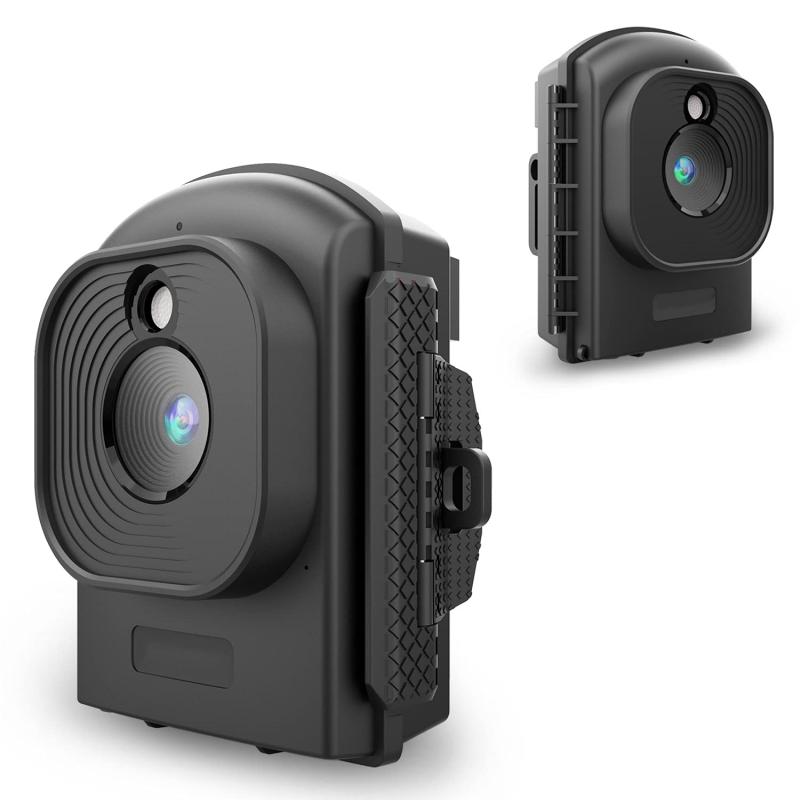
3、 Frame rate: Number of frames captured per second in time-lapse.
Time lapse on a camera refers to a technique where a series of photographs are taken at regular intervals and then played back at a faster speed, creating the illusion of time moving quickly. It is a popular feature in many cameras and is commonly used in photography and videography to capture the passage of time in a condensed format.
The frame rate in time-lapse refers to the number of frames captured per second. This determines the smoothness and speed at which the final time-lapse video will play. A higher frame rate results in a smoother video, while a lower frame rate creates a more choppy effect. The frame rate can vary depending on the camera and the desired effect.
In recent years, time-lapse photography has gained significant popularity due to advancements in camera technology and the ease of sharing videos online. Many cameras now offer built-in time-lapse features, allowing users to easily create stunning time-lapse videos without the need for additional equipment or software.
The latest point of view on time-lapse photography is that it has become more accessible and user-friendly than ever before. With the rise of social media platforms like Instagram and YouTube, there is a growing demand for visually captivating content, and time-lapse videos provide a unique and engaging way to capture and share moments in a visually stunning manner.
Furthermore, the ability to adjust frame rates and intervals in-camera allows for greater creative control and flexibility in capturing different subjects and scenes. Whether it's capturing the movement of clouds, the blooming of flowers, or the hustle and bustle of a city, time-lapse photography offers a captivating way to showcase the passage of time in a visually striking manner.
In conclusion, time lapse on a camera refers to capturing a series of photographs at regular intervals and playing them back at a faster speed. The frame rate determines the smoothness and speed of the final time-lapse video. With advancements in camera technology and the increasing demand for visually captivating content, time-lapse photography has become more accessible and user-friendly, allowing photographers and videographers to create stunning videos that showcase the passage of time in a visually striking manner.
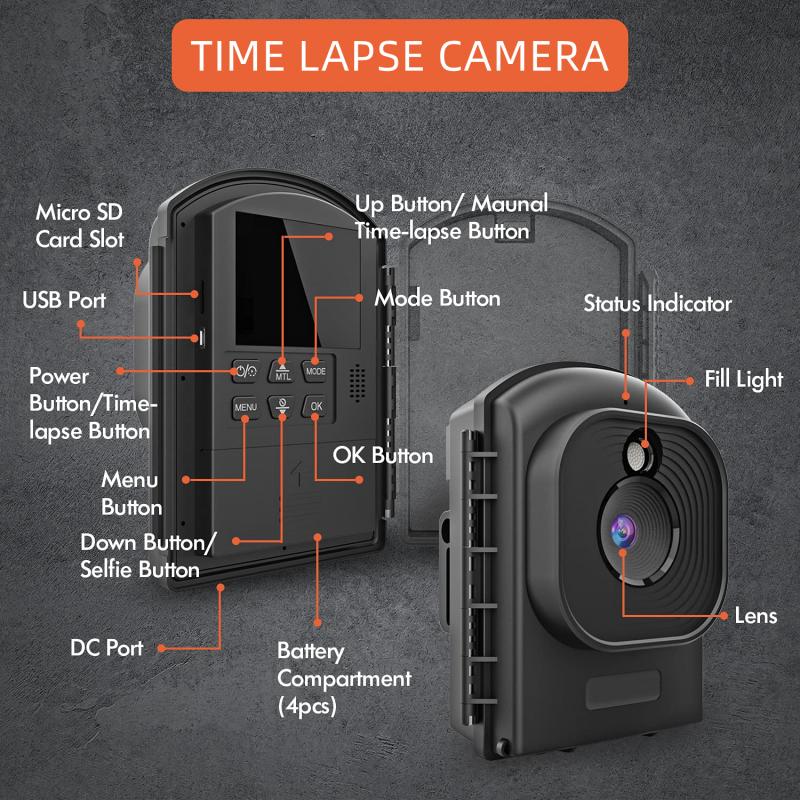
4、 Exposure settings: Adjusting camera settings for optimal time-lapse results.
Time lapse on a camera refers to a technique where a series of photographs are taken at regular intervals and then played back as a video, creating the illusion of time moving faster. This technique allows us to capture and condense long periods of time into a shorter video clip, showcasing the gradual changes that occur over time.
When it comes to time-lapse photography, exposure settings play a crucial role in achieving optimal results. Adjusting the camera settings correctly ensures that the images are properly exposed and consistent throughout the entire time-lapse sequence.
One important aspect to consider is the aperture setting. Choosing a smaller aperture (higher f-number) helps in maintaining a larger depth of field, ensuring that the entire scene remains in focus. This is particularly useful when capturing landscapes or cityscapes where you want to showcase the details of both the foreground and background.
Another crucial setting is the shutter speed. It is recommended to use a longer shutter speed to capture motion blur and smooth movements in the time-lapse sequence. However, the appropriate shutter speed will depend on the subject and the desired effect. For example, a faster shutter speed may be used to capture fast-moving subjects, while a slower shutter speed can create a more dreamy and ethereal effect.
Lastly, adjusting the ISO setting is important to control the camera's sensitivity to light. In general, it is best to use a lower ISO to minimize noise and maintain image quality. However, in low-light situations, a higher ISO may be necessary to ensure proper exposure.
It is worth noting that the latest cameras often have built-in time-lapse features, making it easier to set up and capture time-lapse sequences. These cameras offer various options for interval settings, exposure smoothing, and even in-camera processing of the final time-lapse video.
In conclusion, understanding exposure settings and how they affect time-lapse photography is essential for achieving optimal results. By adjusting the aperture, shutter speed, and ISO, photographers can capture stunning time-lapse sequences that effectively showcase the passage of time and the gradual changes that occur.
